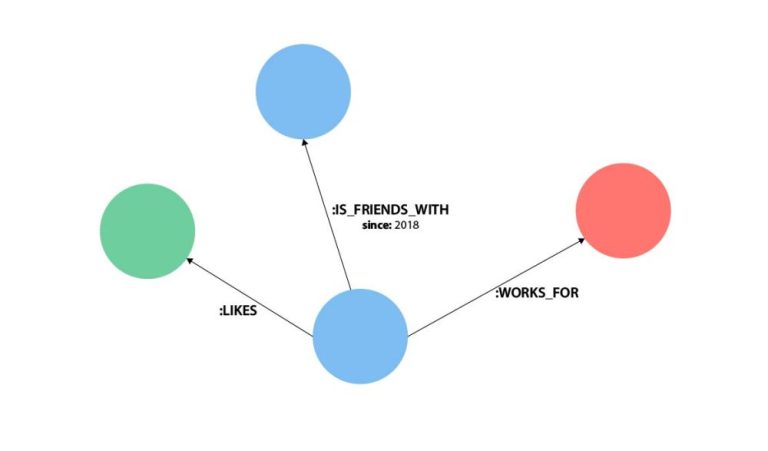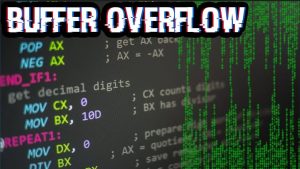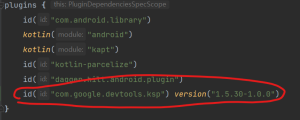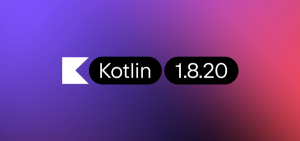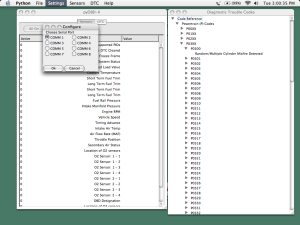Cypher is a declarative query language that is specifically designed for querying graph databases. It was originally developed by Neo4j, a leading provider of graph database solutions. Cypher is designed to be intuitive, expressive, and easy to use, which makes it a popular choice for developers who are working with graph databases.
One of the things that makes Cypher so attractive is its syntax. Unlike other query languages, which can be difficult to read and understand, Cypher is designed to be easily readable and understandable. It uses a pattern-matching syntax that allows developers to quickly and easily query graph databases.
Another benefit of using Cypher is its flexibility. It can be used to query both structured and unstructured data, which makes it a versatile tool for developers. Additionally, it can be used with a variety of programming languages, including Java, Python, and .NET, which makes it accessible to developers with different backgrounds and skillsets.
Cypher also offers a number of advanced features that make it a powerful tool for working with graph databases. For example, it supports the use of regular expressions, which can be used to match patterns in the graph data. It also supports subqueries, which can be used to break down complex queries into smaller, more manageable pieces.
Another benefit of using Cypher is its performance. Because it is specifically designed for querying graph databases, it is optimized for performance. This means that it can handle large datasets and complex queries with ease, making it an ideal choice for applications that require real-time data analysis.
Finally, Cypher is supported by a large and active community of developers. This means that there are plenty of resources available for developers who are just getting started with the language, including tutorials, documentation, and sample code. Additionally, the community is constantly working to improve and refine the language, which means that it will continue to evolve and improve over time.
In conclusion, if you are working with graph databases, then Cypher is a language that you should definitely consider. It is easy to use, flexible, powerful, and supported by a vibrant community of developers. So why not give it a try and see how it can help you unlock the full potential of your graph database?
Advantages
Cypher, as a programming language, has several advantages that make it a great choice for working with graph databases. Some of the key advantages of Cypher include:
- Intuitive and Expressive Syntax: Cypher uses a pattern-matching syntax that is easy to read and understand, making it simple for developers to write and modify queries. This makes it a great choice for developers who are new to graph databases or query languages.
- Declarative Language: Cypher is a declarative language, meaning that it allows developers to describe what they want to retrieve from the database, rather than how to retrieve it. This makes it a more intuitive language for developers, and also allows for optimization of query execution by the database engine.
- Optimized for Graph Databases: Cypher is designed specifically for graph databases, which means it is optimized for working with complex graph structures. It is a high-performance language that can efficiently traverse large graphs and retrieve data quickly.
- Flexibility: Cypher can be used with a variety of programming languages and frameworks, making it a versatile tool for developers. Additionally, it can be used to query both structured and unstructured data, providing developers with a range of options for data analysis.
- Community Support: Cypher has a large and active community of developers who are constantly working to improve and refine the language. This means that there are plenty of resources available, including tutorials, documentation, and sample code, making it easy for developers to get started with Cypher.
Overall, Cypher’s intuitive syntax, declarative nature, optimization for graph databases, flexibility, and strong community support make it a great choice for developers working with graph databases.
Disadvantages
While Cypher has many advantages, there are also some disadvantages to consider when working with this programming language. Some of the potential drawbacks of using Cypher include:
- Limited Compatibility: Cypher is specifically designed for use with Neo4j graph databases, which means it may not be suitable for developers working with other graph databases or database technologies.
- Learning Curve: While Cypher is designed to be an easy-to-use language, there is still a learning curve involved for developers who are new to graph databases or query languages. This may require additional time and effort to get up to speed with the language and its syntax.
- Limited Functionality: While Cypher is a powerful language for querying graph databases, it may not have all of the functionality that developers need for complex data analysis tasks. In some cases, developers may need to use additional tools or languages to achieve their goals.
- Limited Performance for Complex Queries: While Cypher is optimized for graph databases, it may not perform as well for extremely complex queries that involve many nested subqueries or other advanced features. In these cases, developers may need to use other languages or tools to achieve optimal performance.
- Maintenance Overhead: Because Cypher is a relatively new language, it may require more maintenance and upkeep than more established languages. This may require additional resources and effort from development teams to ensure that the language is kept up-to-date and compatible with other tools and technologies.
Overall, while Cypher has many benefits for working with graph databases, developers should also consider these potential drawbacks when evaluating whether it is the right choice for their specific needs and use cases.

